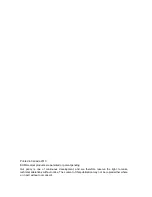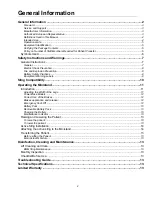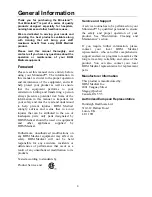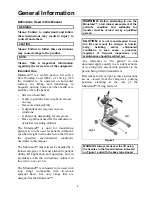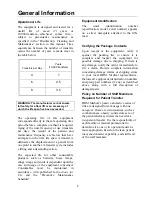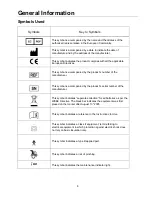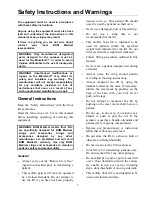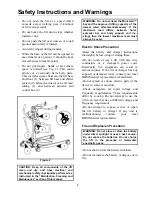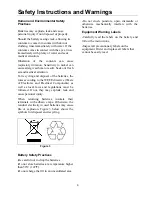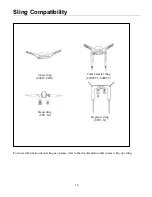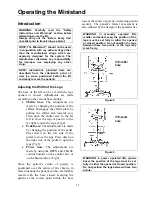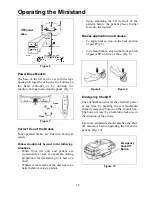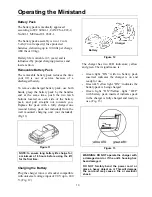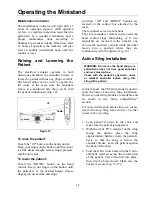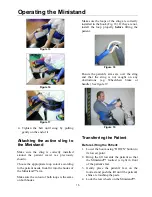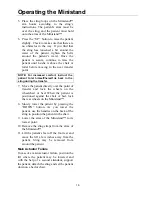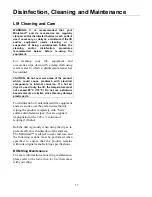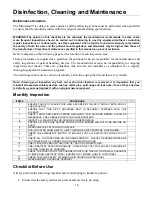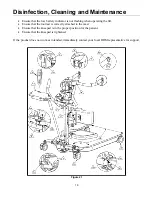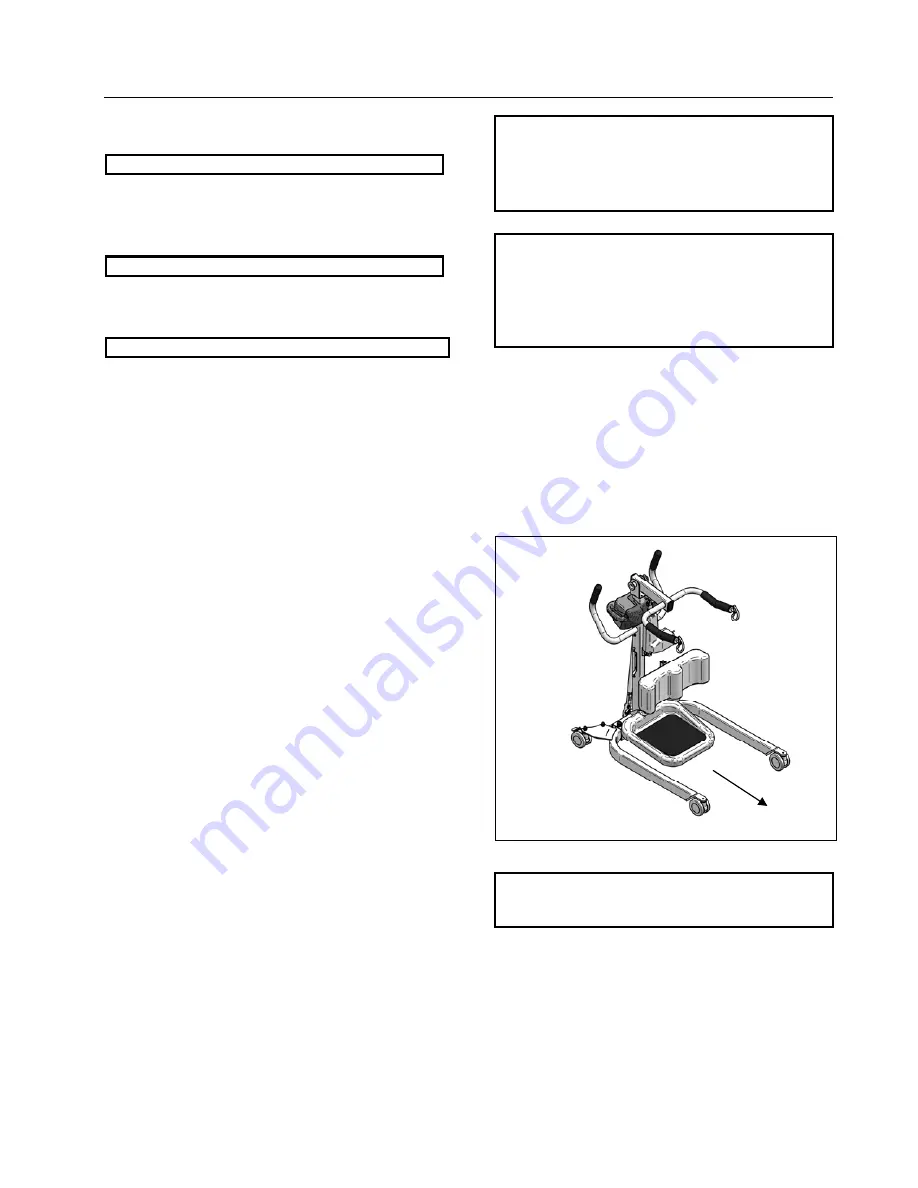
General Information
4
Definitions Used in this Manual
WARNING:
Means: Failure to understand and follow
these instructions may result in injury to
yourself and others.
CAUTION:
Means: Failure to follow these instructions
may cause damage to the product.
NOTE:
Means: This is important information
regarding the correct use of the equipment.
Intended Use
Ministand™ is a mobile passive lift with a
Safe Working Load (SWL) of 160 kg (350
lb), intended to be operated on horizontal
surfaces for lifting and transferring in
hospitals, nursing homes or other health care
facilities where the patient:
•
Sits in a wheelchair;
•
Is able to partially bear weight on at least
one leg;
•
Has some trunk stability;
•
Is dependant on caregivers in most
situations;
•
Is physically demanding for caregivers;
•
Has a significant need for the stimulation
of his/her remaining abilities.
The Ministand™ is only for transferring
patients. It is to be used for patients within the
specified weight limit indicated on the lift and
the specified environmental conditions
described in this manual.
The Ministand™ must always be handled by a
trained caregiver, who must attend the patient
during lift application and operation, and in
accordance with the instructions outlined in
this
Instructions for Use
.
The Ministand™ is intended to be used with
loop slings (compatible with two-hook
spreader bars). Use only slings that are
designed for the Ministand™.
WARNING:
Before attempting to use the
Ministand™, a full clinical assessment of the
patient’s condition and suitability for
transfer must be carried out by a qualified
person.
CAUTION:
It is not recommended to use
the lift and mount the charger in humid,
salty, oxidizing and/or chlorinated
conditions. In such cases, a proactive
regiment of frequent inspections and
maintenance should be carried out.
Any references to “the patient” in this
document apply equally to a resident at home
or in a long term care facility and refer to the
person being lifted or transferred.
References to left or right in these instructions
are as viewed from the caregiver’s pushing
position, standing at the rear of the
Ministand™, facing forward.
Figure 1
WARNING: Always maneuver the lift using
the handles in the travel direction indicated
on Figure 1 and with the base legs closed.
Left
Right


